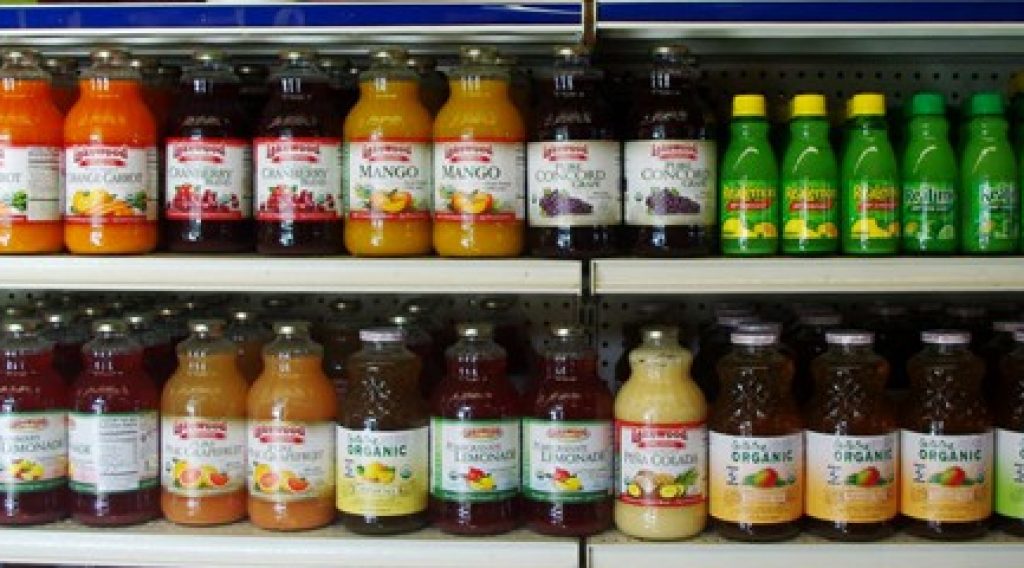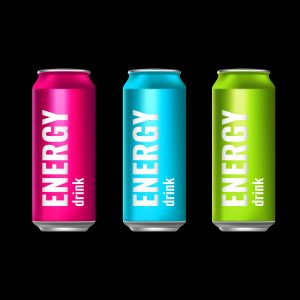Huge potential in the Health and Wellness drink markets
As the global functional, organic, vitamin rich and other healthy foods markets are predicted to push through $1 trillion in less than 5 years time, businesses are more keen to grab a bite of this pie than ever. Consumer interest in preventing illness is snowballing. People are getting more educated and health awareness is increasing on daily basis. Which makes it easier and more difficult (at the same time) to develop foods for this category.
Ready to Drink Ice tea is starting to outperform regular tea in sales, Euromonitor data found that Health and wellness drinks markets would grow around 7.5% per year – faster than any other normal beverage market. These drinks were considered as premium, but lately they become affordable and have more deeply penetrated societies.
The highest growth in this field is expected to happen in these markets: Russia, US, Mexico, Venezuela, Argentina, Indonesia, UK, India, Canada, Germany, Australia, Columbia, South Korea, France, Italy and Saudi Arabia.
Finding your key success drivers
The most common confusion while creating and marketing health and wellness drinks are choosing the right society to start with and to know what health issues to focus on. Every company has to ask a couple of main questions about the society that they are planning to benefit before choosing the right trend of the health product:
What does it mean to be health aware to people in your target audience? While mass and social media is poking our backs to live bio, be whole and green, wear eco, buy fair-trade and eat organic some major social groups are getting tired of greenwashing. The more educated the society in the country is the more information they gather before choosing their preferred health products and more resistant they get to the vague wellness claims marketed by companies.
The recipe to succeed is staying focused on what is considered to suit the life styles preferred by your target audience. Think of the problems that your consumer is facing more frequently and is actually aware of, and then try to find the suitable way to offer him the products that are convenient and have a clear purpose. If people are concerned about obesity or toxic environmental harm to their health and prefer drinking RTD teas, then merging the solution to prevent their problems with their casual habits might just do the work.
Do not underestimate the consumer
As the health and wellness products are becoming main stream, people are getting more information about the specific ingredients, minerals, antioxidants and vitamins. Consumers tend to choose the products that have the components with actual added value that they are familiar with. Many ingredients lose their value by failing to protect their health claims or by lacking the scientific information about their effects available for the society. The times of secret special ingredients and panaceas are over and companies that expect to jump in the game have to do their research about the actual value that their products can add to the life styles of their consumers.


